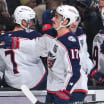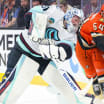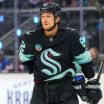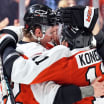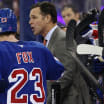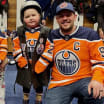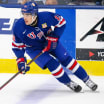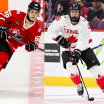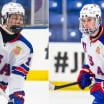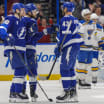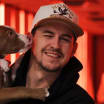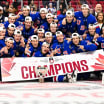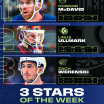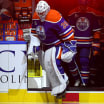Editor's note: NHL players have spoken out against racism and social injustice since the death of George Floyd, a Black man, while in police custody in Minneapolis on May 25. Three years ago, JT Brown, then a forward for the Tampa Bay Lightning, raised his fist during the national anthem to draw attention to the same issues. With calls for social justice and the fight against racism taking center stage during the NHL's Return to Play, Brown wrote a special essay for the League about his decision to raise his fist:
Why I raised my fist: JT Brown
Wild forward reflects on his 2017 protest against police brutality, racism with special essay
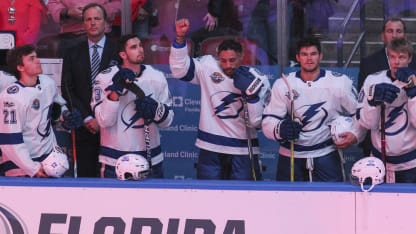
© Miami Herald/Getty Images
Penguins, Flyers unite for social justice
